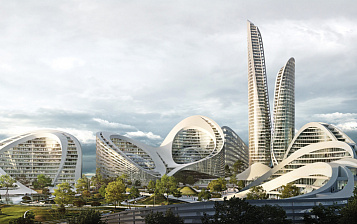On March 20, the Vitra Design Museum opens the exhibition "German Design 1949-1989: Two Countries, One History", which juxtaposes design from East and West Germany and explores ideological and aesthetic differences, as well as parallels and relationships between East and West. German design made itself known in the 1920s through the Bauhaus school and the Werkbund association. After the partition of Germany in 1949, the development of design and everyday culture took separate paths on different sides of the border. In the West, design became the driving force behind the German economic miracle, while in the East it was swallowed up by the socialist planned economy. More than thirty years after the fall of the Berlin Wall, the Vitra Design Museum presents the first panoramic view of post-war design in two Germanys.
Cheap plastics and flashy colors in the East, stylish functionalism in the West: the Vitra Design Museum exhibition breaks with such banal stereotypes and presents a critical look at design on both sides of the border. Legendary automobiles such as the Trabant (1958) and coveted everyday items such as the radiola ironically nicknamed "Snow White's Coffin" (1956) will be on display alongside new discoveries and rare objects such as Luigi Colani's sculptural chair Poly -COR (1968). The exhibition highlights important figures such as Dieter Rams, Egon Aiermann, Rudolf Horn and Margareta Jani, and highlights the role of the Bauhaus design schools and heritage. A vast panorama of the design of the two Germanys demonstrates how closely intertwined design and history, everyday culture and world politics in Germany during the Cold War.
|
|
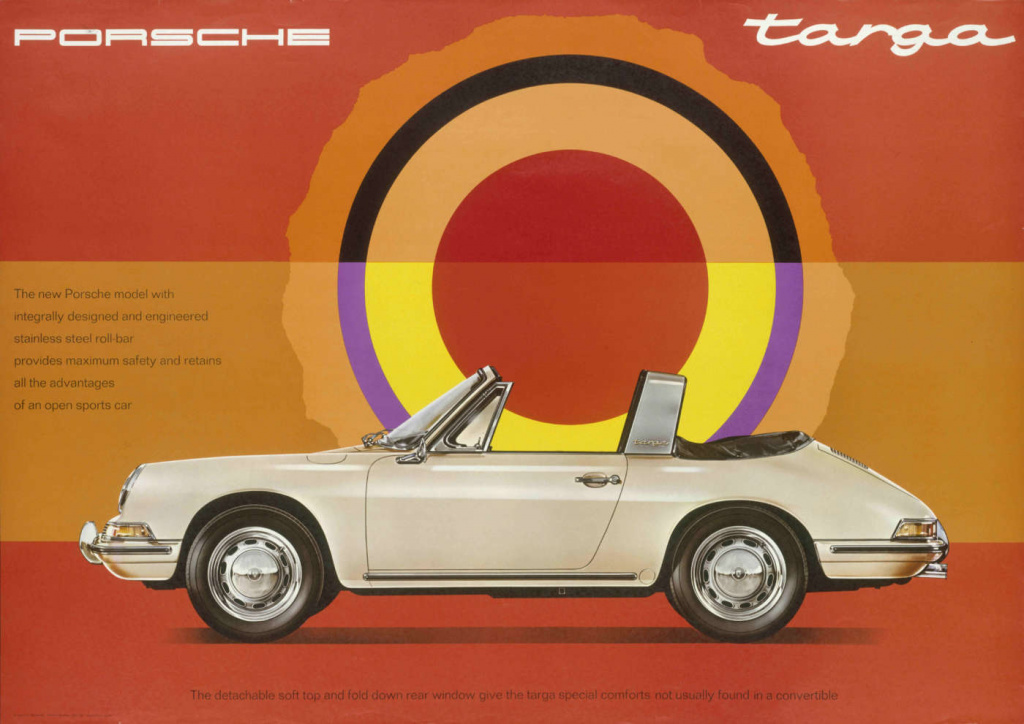
The exhibition opens with immersive installations that allow visitors to experience the role of design in East and West Germany. The two new states sought to establish their own identity, creating new coats of arms, currencies, passports and symbols, down to stylized figures of signs for pedestrian crossings. At the same time, objects such as the Garden Egg chair by Peter Gici (1968) demonstrate that the division between East and West Germany was not as strict as it often seems: the futuristic chair was made in almost the same form on both sides of the border. The exhibition also addresses pre-World War II German design, as many German designers were students of the Bauhaus. Building on the innovative ideas that were cultivated in the Bauhaus and other design schools, post-war design practice and education sought to overcome the dark shadow of the Nazi era.
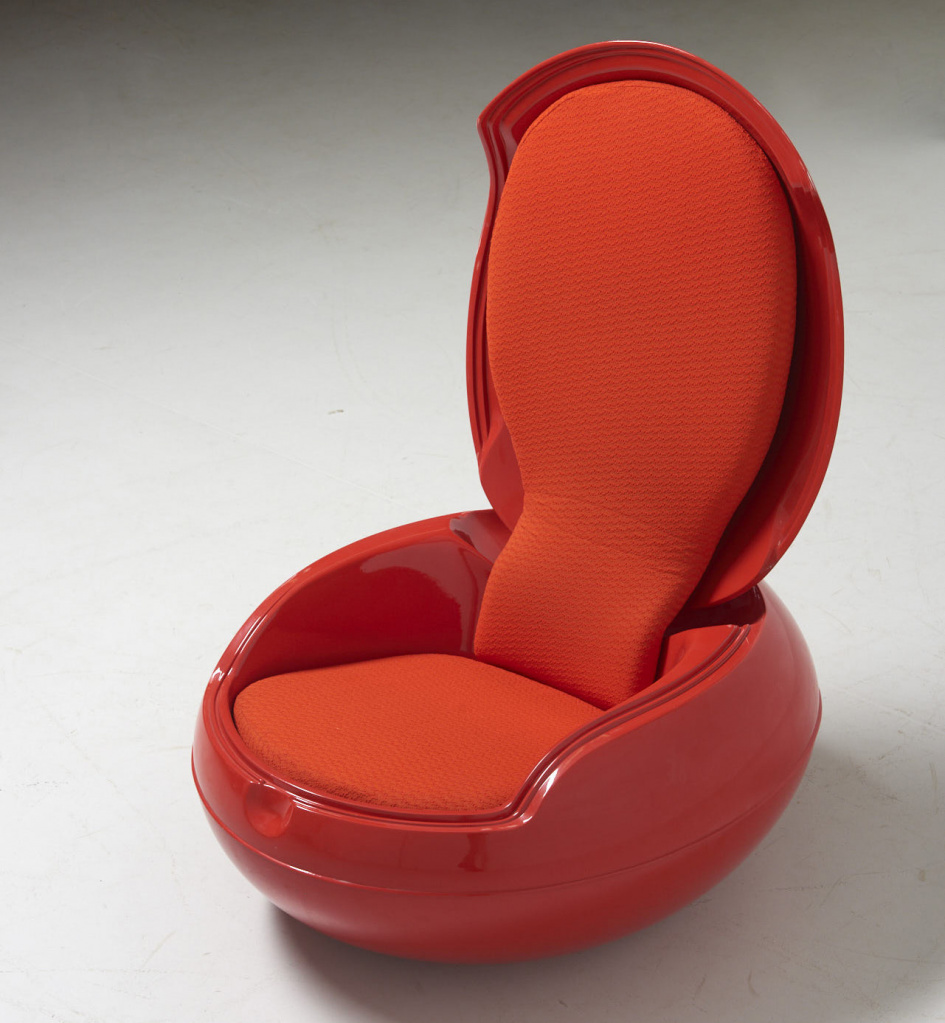
The introduction is followed by a chronological account of the design history of East and West Germany. It originates in 1949, when the Federal Republic of Germany was founded in the zones of occupation of the Allies, and the German Democratic Republic in the Soviet sector. The implementation of massive housing programs, through which both states sought to accelerate reconstruction, led to a rapid increase in demand for consumer goods, from furniture and utensils to electrical appliances and cars. Everyday items such as Max Bill's kitchen wall clock (1956) or Klaus Kunis' elegant watering can (circa 1960) reflected the new lifestyle and the rising popularity of modern design. In both East and West, several design schools have been revived or re-created to train young professionals sorely needed by the industry; not least because the design offered an excellent vehicle for a modern and open look. Important milestones in this context were the 1946 revival of the Leipzig Trade Fair, aimed at stimulating the East German export economy, and the West German Pavilion, designed by Sep Ruf and Egon Aiermann for the 1958 Brussels World's Fair.
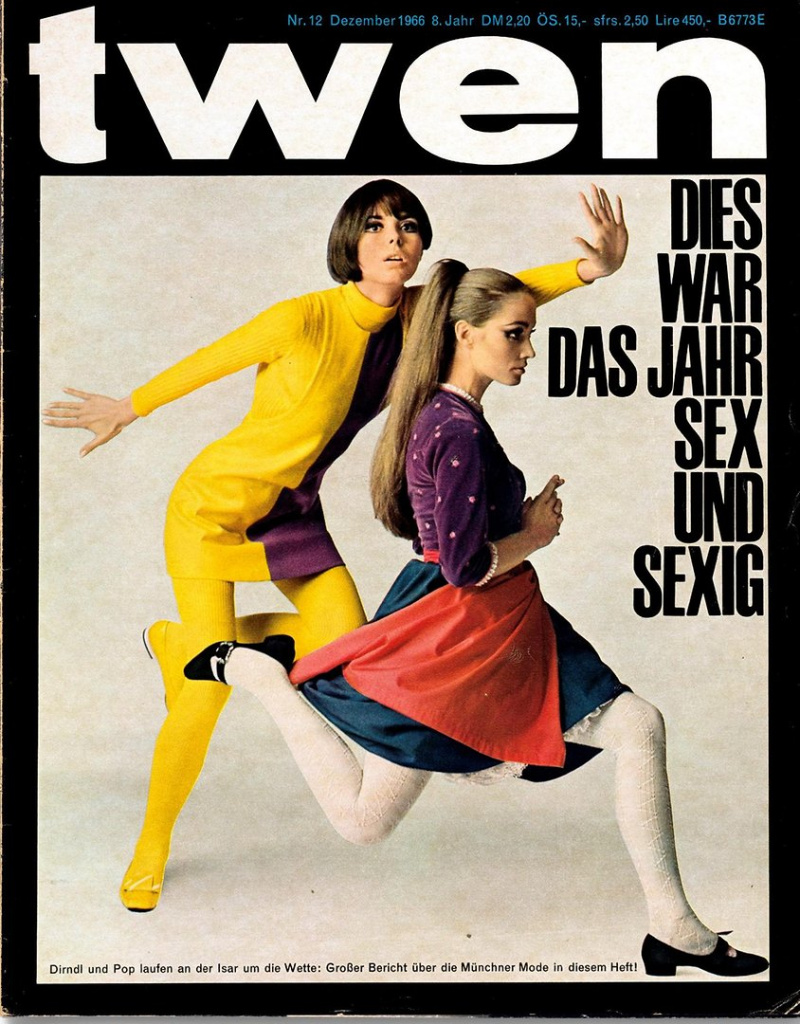
The Berlin Wall, whose construction began on August 13, 1961, eventually established a hard border. Prior to its introduction, a number of companies and designers in East and West Germany continued to work together; now the rivalry between the two political systems has taken hold in design as well. In West Germany, design became an important aspect of the consumer society, which saw the latest furniture and cars as status symbols. The minimalist electrical appliances designed by Dieter Rams for Braun testify to a growing awareness of the role of quality and design culture. The concept of corporate identity also became widespread, as evidenced by two iconic works from 1972: the logo of the city of Bonn, then the capital of West Germany, with an imprint of red lips, designed by Doris Kasse-Schlüter, and the pictograms by Otl Aicher for the Munich Summer Olympics. In the automotive industry, changes could be seen in the design of Porsche cars that only a small portion of the population could afford; their minimalistic lines embodied the perfect combination of aesthetics and engineering - authentic design "Made in Germany".

In East Germany, the design of this era was centrally regulated as part of the socialist planned economy. A special government agency called the Office of Industrial Design ensured that design ensured that the general population was supplied with affordable goods, while at the same time increasing the competitiveness of East German industry. Large-panel, standardized construction has made it possible to provide housing for the masses, which, in turn, has required solutions for furniture and interior design. Extremely popular was the MDW-Einbauwand (1968), designed by Rudolf Horn for Deutsche Werkstätten; its versatile modular storage units were soon to be seen in private interiors throughout East Germany. Design is also taking on an important role in public spaces. The exhibition features original plans for the Berlin Café Moskau and a relief by Josep Renau (1982–84). A recently restored wall mosaic in Erfurt shows how the penchant for decorating large buildings with works of art has shaped cities. In terms of industrial progress, the Trabant, introduced in 1958, became especially important, as it accelerated the mass motorization of the population. Today, the so-called Trabi with its recycled plastic casing is an icon of East German design. Its production ceased only in 1991.
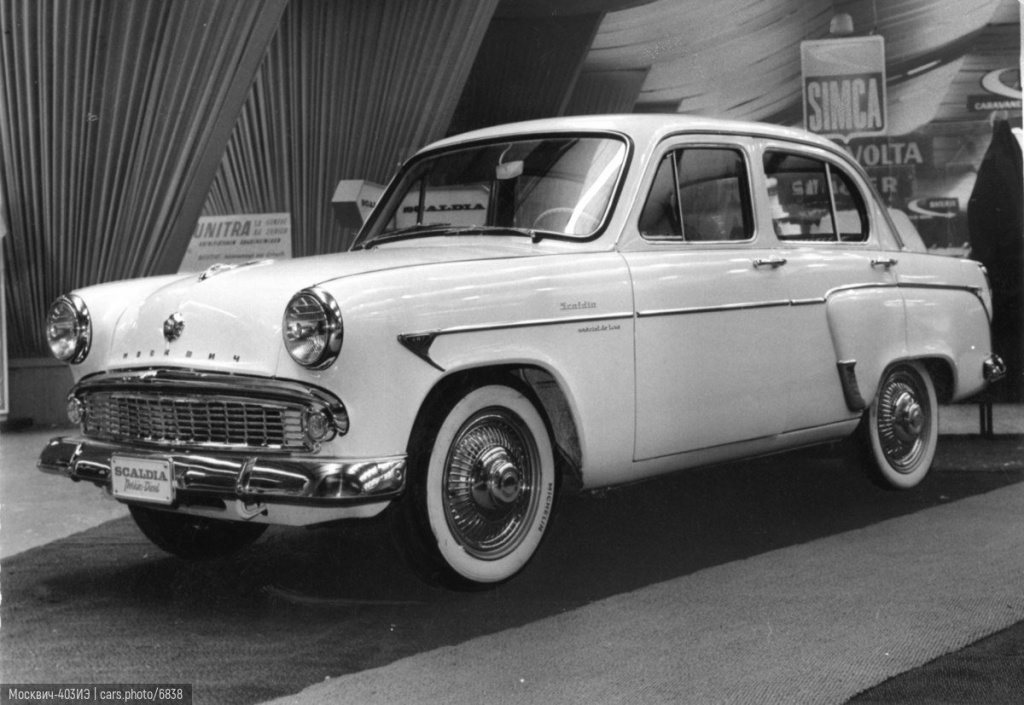
Thanks to the initiative of West German Chancellor Willy Brandt to normalize relations between the two German states, a rapprochement between East and West took place in the 1970s, culminating in the fall of the Berlin Wall in 1989. The design on both sides of the border during this period reflected the growth of critical consciousness, which was fueled by events such as the 1973 oil crisis. The economy of East Germany began to decline, but the designers showed ingenuity. For example, Karl Klaus Dietel and Lutz Rudolf designed the Mokick S50 (1967–74) motorcycle in a modular fashion, allowing for easy and inexpensive repairs. Other designers turned to crafts or produced decorative art in small batches. In East Berlin, design and subculture merged in a vibrant creative environment that produced fashion, photography, ceramics and decorative accessories that reflected a new aesthetic of everyday life beyond industrial planning. One of the last major projects initiated by the East German government was a computer known as the PC 1715, manufactured by the state-owned company Robotron (1985). The computer was intended exclusively for public companies, government agencies and universities.
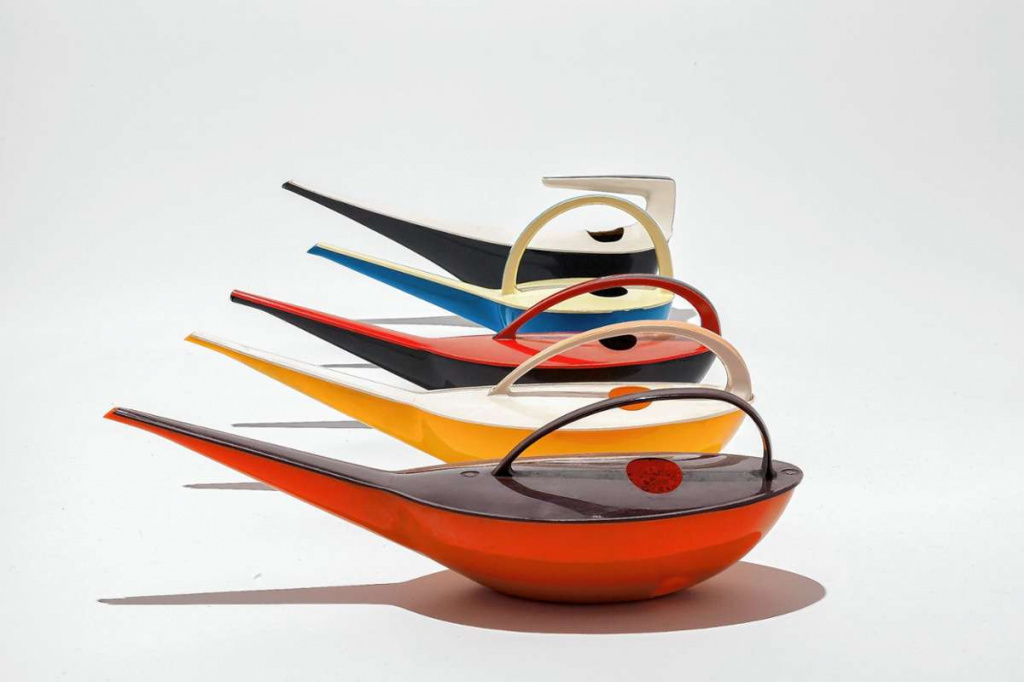
This is not to say that West Germany was not affected by the economic turmoil of the 1970s, but its leading role in international industrial design remained unchanged. For example, the 1974 Volkswagen Golf reflected the growing demand for small, efficient cars, and in the early 1980s, Steve Jobs commissioned Hartmut Esslinger and the German agency Frog Design to develop one of Apple's first computers. In the same period, the orientation towards the art approach and the experiment becomes important in West Germany, in parallel with the development of this trend in the East. Groups such as Pentagon, Ginbande and Kunstflug, as well as design galleries and experimental exhibitions, contributed to the formation of a "new German design" that actively appealed to art, punk culture and kitsch. The détente of political tensions gradually led to the establishment of communication and cooperation in the field of design as well. Pair exhibitions of designs from other Germany were held in East Berlin in 1984/85 and in Stuttgart in 1988.

After the fall of the Berlin Wall in 1989, a significant part of the industrial production of East Germany was curtailed, and many names of East German products for everyday use have sunk into oblivion. The exhibition "German Design 1949-1989: Two Countries, One History" juxtaposes East German and West German design on an equal footing and thus sheds light on lesser-known chapters in the history of German design. Highlighting the political significance of design in the Cold War era, the exhibition simultaneously demonstrates a bewitching diversity of design styles and worldviews that requires an approach that needs to be taken beyond the focus on ideological differences. The exhibition for the first time considers the design history of East and West Germany as a common history, in which there were both contrasts and clashes, as well as commonality and connections.
Following the premiere at the Vitra Design Museum in Weil am Rhein (20.03.2021–05.09.2021), the exhibition will travel to the Museum of Applied Arts of the Dresden State Art Collections (15.10.2021–20.02.2022).
The exhibition and its international tour are sponsored by the Ministry of Foreign Affairs of the Federal Republic of Germany.
On March 18 at 16:00 an online press conference will be held on the Vitra Design Museum YouTube channel:
- panelists: Mateo Kris, Director of the Vitra Design Museum, Erika Pinner, Curator of the Vitra Design Museum, and Thomas Geisler, Director of the Museum of Applied Art of the State Art Collections Dresden)
- guided tour of the exposition with curator Erika Pinner
- conference and excursion language: English
#VDMGermanDesign
#VitraDesignMuseum

 DOWNLOAD
DOWNLOAD LOOK
LOOK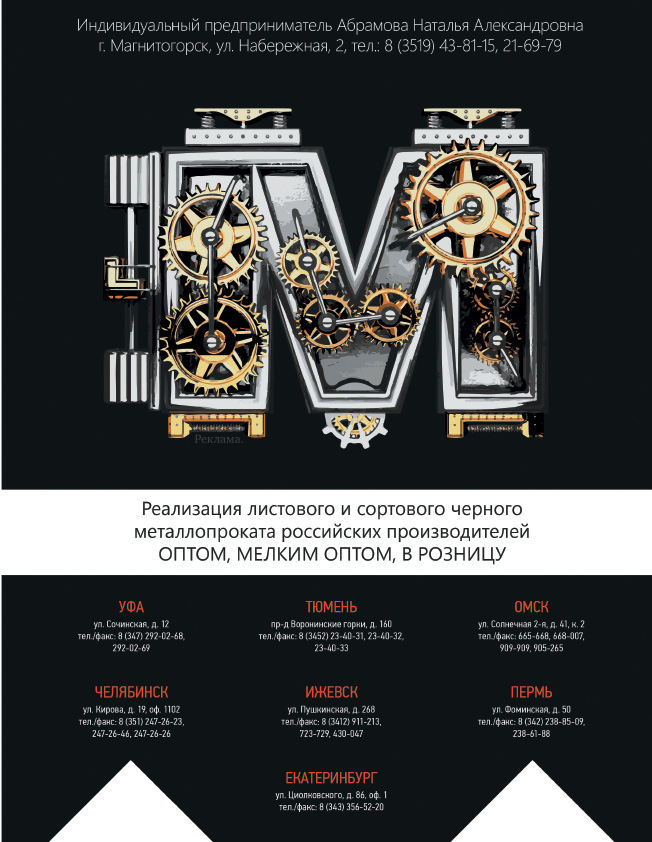
 Top Content of the Month
Top Content of the Month